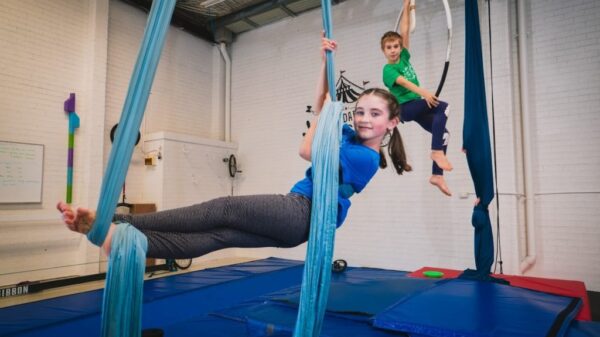Breast health and the role of bras have sparked numerous questions and myths. A recent exploration addresses common misconceptions surrounding breast anatomy, bra usage, and their implications for health. Understanding these aspects is essential for making informed choices regarding comfort and support.
Breasts, composed of glandular tissue, fat, and ligaments, undergo significant changes throughout a person’s life. For those born biologically female, puberty usually marks a noticeable transformation in size and shape. Genetic factors account for approximately 56% of the differences observed in breast size among individuals. Changes can also occur during pregnancy, breastfeeding, and throughout the aging process, influenced by diet and exercise.
Debunking Common Myths
The article addresses six prevalent questions about bras and breast health, starting with the concern that wearing a bra can lead to cancer. Research has consistently shown no evidence linking bra usage to breast cancer development. A study involving over 1,000 women aged 55 to 74 found no correlation between bra-wearing habits—such as frequency or underwire use—and breast cancer risk in post-menopausal women. Established risk factors include being female, over 50 years old, having a family history of the disease, and lifestyle choices like inactivity and excessive alcohol consumption.
Another common belief is that sleeping in a bra influences breast growth. This is not supported by scientific evidence. The growth of breasts is primarily determined by hormonal changes regulated by the brain, and nutrition plays a role as well. Thus, whether one sleeps in a bra is a matter of personal comfort rather than a factor affecting breast size.
Understanding Support and Comfort
The idea that wearing a bra can prevent sagging is also misleading. All breasts, regardless of size, are subject to the effects of gravity over time, which can lead to sagging. Larger breasts may experience this more prominently due to the additional weight. Factors such as age, body mass index, and smoking can exacerbate this natural process. Interestingly, breastfeeding does not appear to contribute to sagging, contrary to popular belief.
When it comes to exercise, wearing a sports bra is advisable. Studies indicate that women with larger breasts can experience significant movement during physical activity, which may lead to discomfort and potential damage to breast tissue. In fact, women with a D-cup size reported that their breasts moved approximately 15 centimeters during running, emphasizing the need for appropriate support. High-impact sports bras are recommended for minimizing this movement.
Concerns regarding underwire bras include the possibility of injury. While it is rare, underwires can occasionally escape their casings and cause skin irritation. A 2023 study suggested that women wearing underwire bras post-breast implants had a 2.7 times higher likelihood of experiencing implant rupture, indicating that underwire bras may exert additional pressure on breast tissue. Properly fitted bras can help mitigate discomfort and potential complications.
Lastly, the importance of proper bra fitting extends to all sizes, including those with smaller breasts. A study involving 309 Australian women revealed that only one in ten was wearing a correctly fitted bra, regardless of cup size. Poorly fitting bras can lead to discomfort for all wearers. Women with smaller breasts often struggle with ill-fitting straps, while those with larger breasts face challenges with the backband and underwire.
Understanding the facts behind bras and breast health can empower individuals to make choices that prioritize comfort and well-being. If discomfort or unusual changes occur, consulting a healthcare professional is recommended to ensure breast health remains a priority.





























































